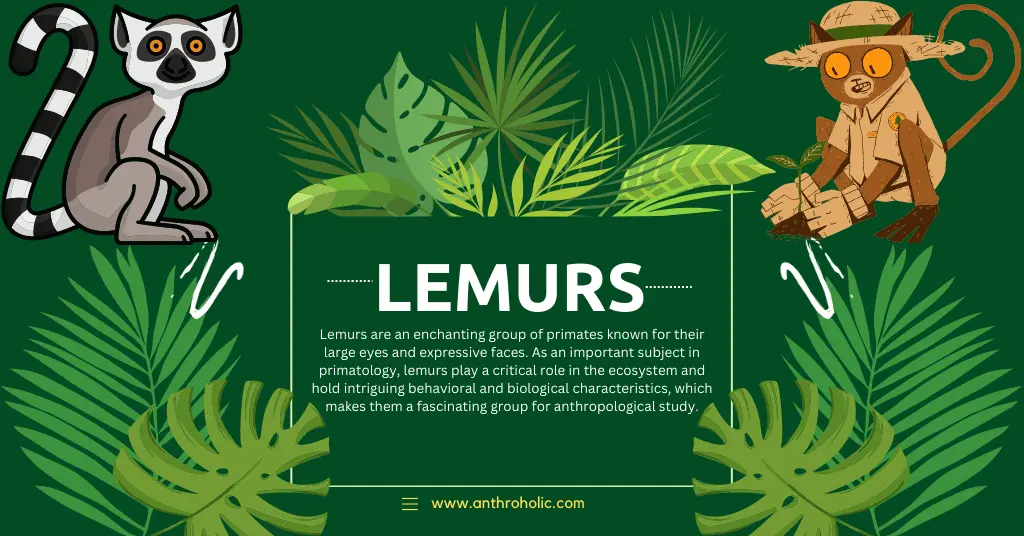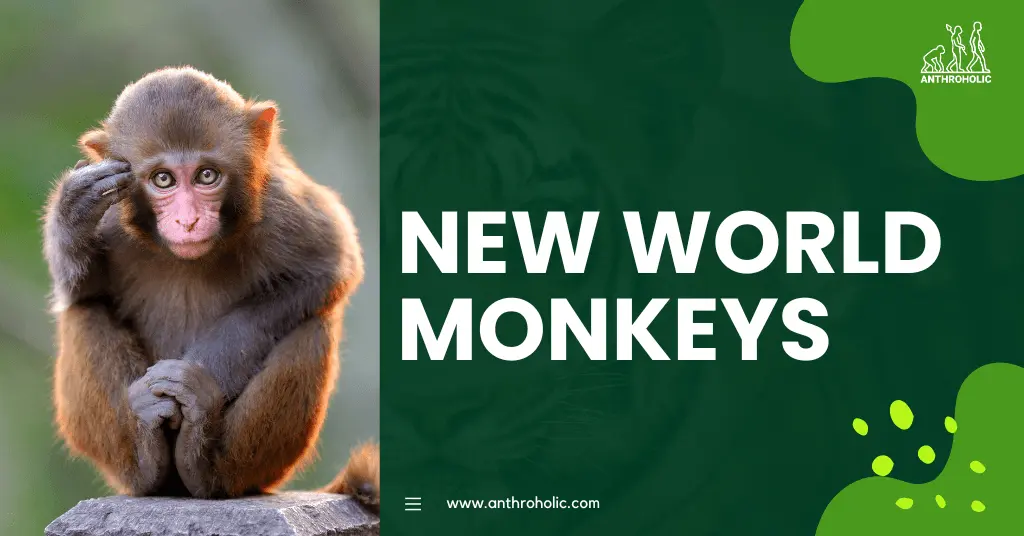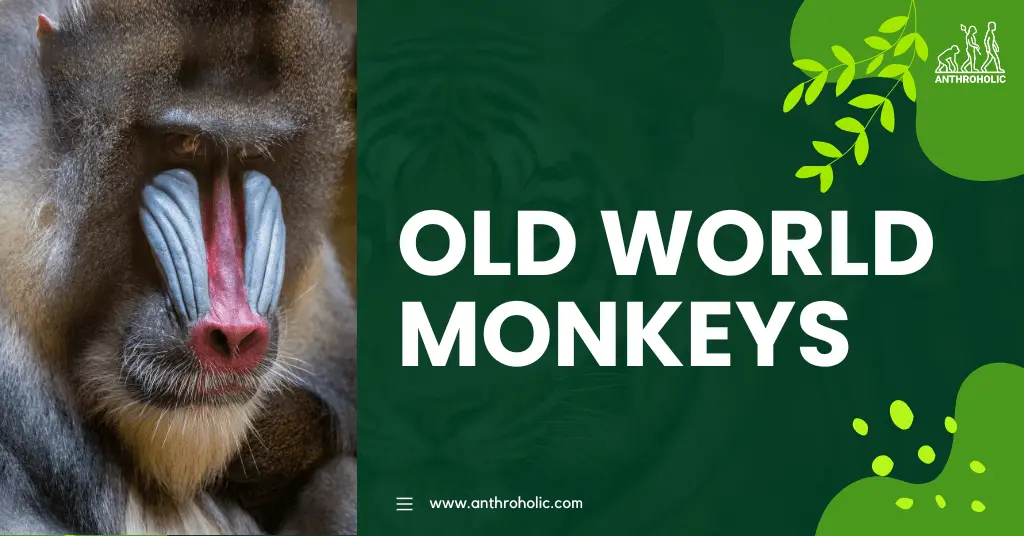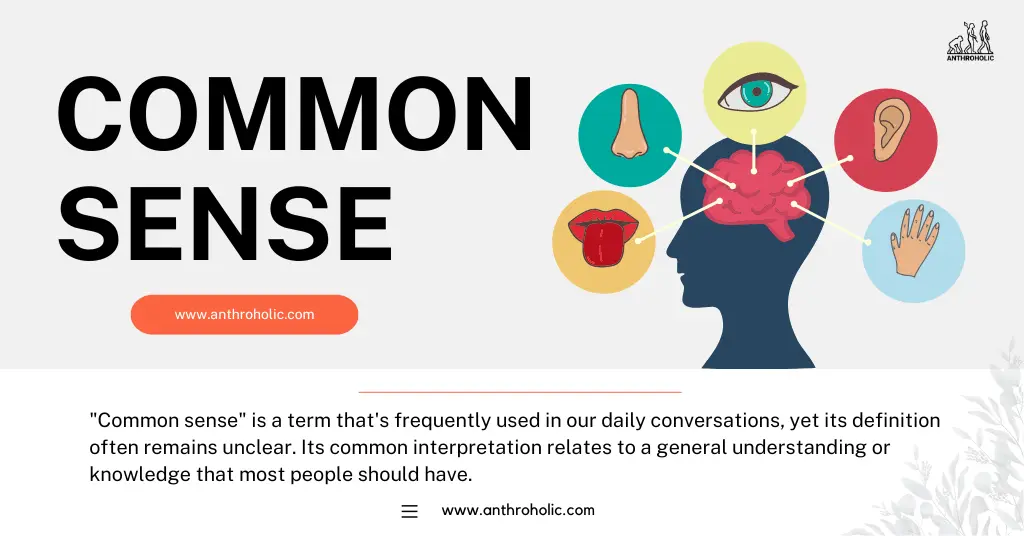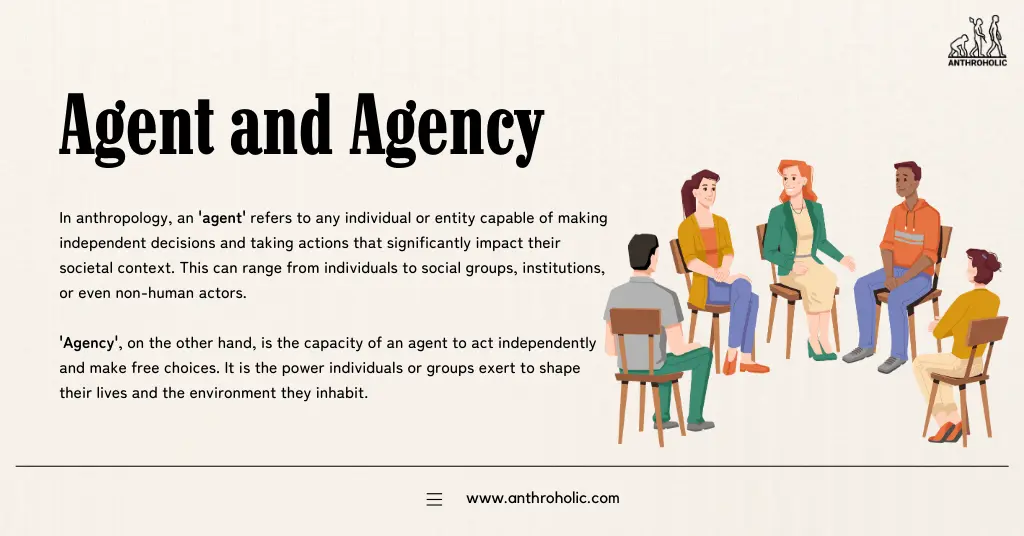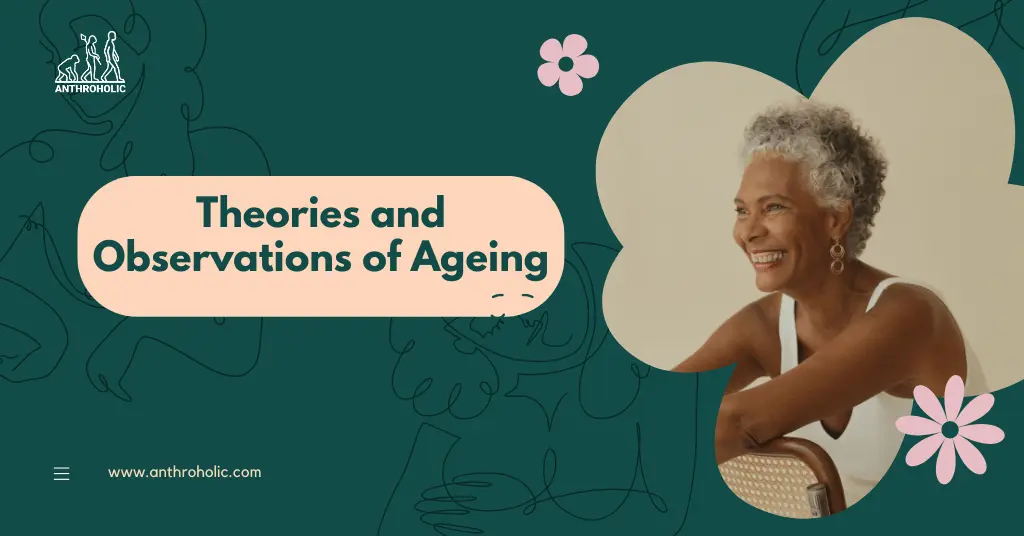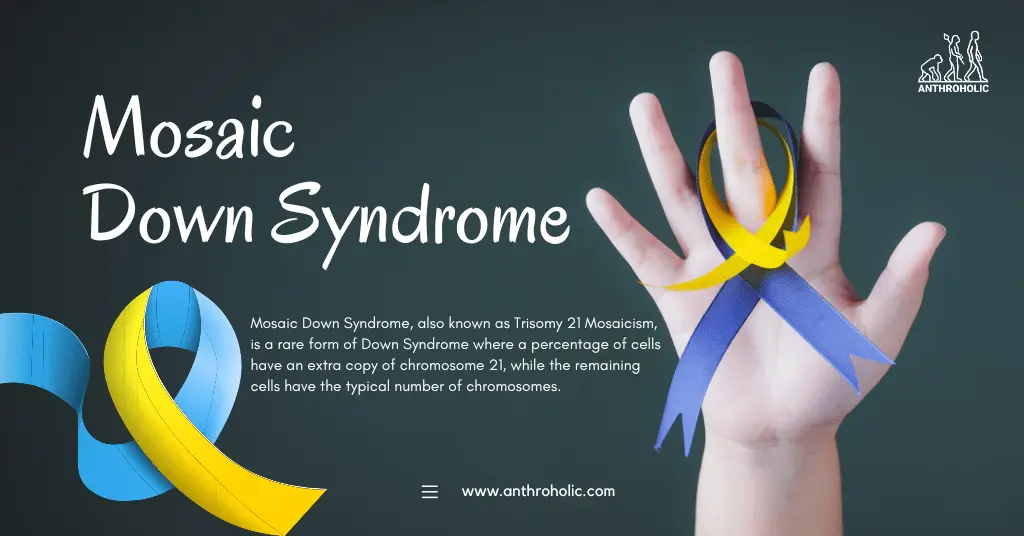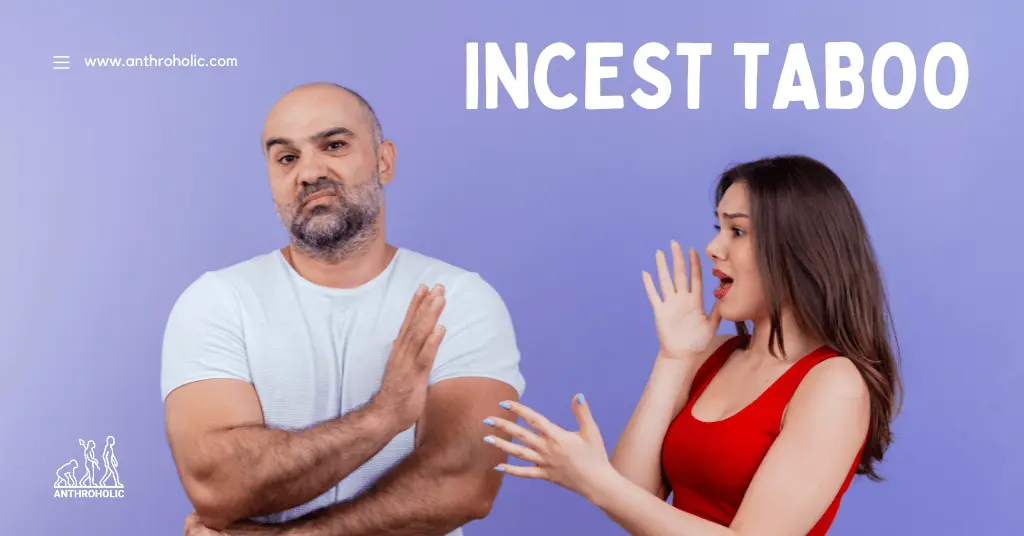AI Answer Evaluation Platform Live Now. Try Free Answer Evaluation Now

Lorises
Lorises are small to medium-sized arboreal primates that belong to the subfamily Lorinae, part of the family Lorisidae. There are several species of lorises, including the slender loris, the slow loris, and the potto. They are native to Southeast Asia and parts of Africa.
